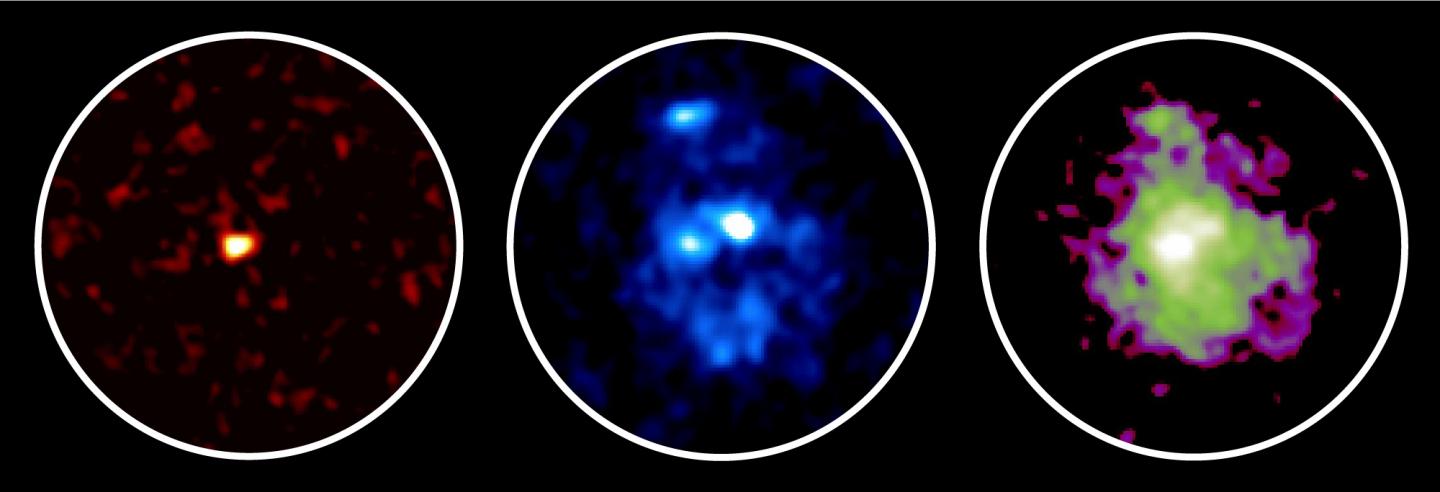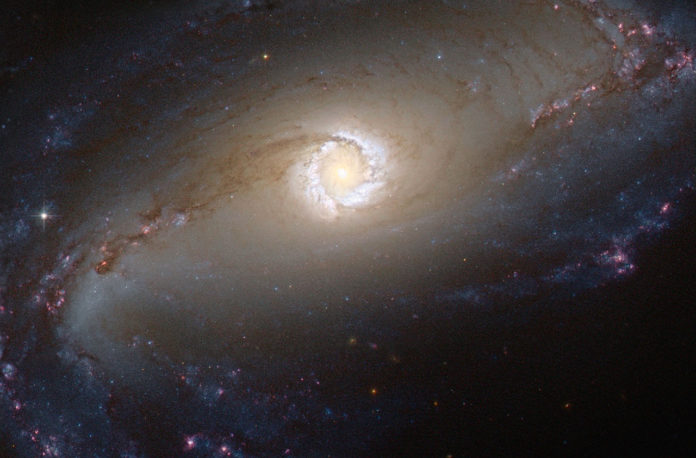In the same way that yeast helps the bread to rise, astronomers have discovered that active star formation makes galaxies swell. This information was learned using three very powerful telescopes both in orbit and on the ground to observe galaxies from more than 10 billion years ago. Here they saw a number of stars being formed in the galaxy’s core, suggesting that galaxies don’t need to interact with other galaxies in order to change their shape.

Ken-ichi Tadaki is the lead author of the study and a postdoctoral researcher at the National Astronomical Observatory of Japan (NAOJ) and he says, “Massive elliptical galaxies are believed to be formed from collisions of disk galaxies. But, it is uncertain whether all the elliptical galaxies have experienced galaxy collision. There may be an alternative path.” Tadaki and colleagues chose to explore galaxies that were more than a billion light-years away as this corresponds with the peak era of galaxy formation.
Picking up on the light that’s traveled 11 billion years is no simple task and to do this the team had to use the combined power of three different telescopes. The first one they used was NAOJ’s 8.2-m Subaru Telescope that’s located in Hawaii. The second telescope they employed the use of was NASA/ESA’s Hubble Space Telescope (HST) and the third was the Atacama Large Millimeter/submillimeter Array (ALMA). While HST captured the star’s light, ALMA observed submillimeter waves that were being emitted from gas and dust clouds. Using the data from these two, astronomers were able to determine the shape of these galaxies all those billions of years ago as well as how they have evolved.
The images from HST showed how a disk component was dominating the galaxies, while the ALMA images depicted the huge reservoir of gas and dust in which stars form very quickly. Star formation activity here is high and leads researchers to believe that these galaxies will become dominated by stars and transform into lenticular or elliptical galaxies. “Here, we obtained firm evidence that dense galactic cores can be formed without galaxy collisions. They can also be formed by intense star formation in the heart of the galaxy,” confirmed Tadaki.
More News to Read
- Researcher Discovered a New Way of Eco-Friendly Disposal for Data Security and Healthcare
- NASA’s Ocean Observation Reveals Sea-Level Fingerprints
- Chinese Scientists Create Device That Converts Blood Flow Energy into Electricity
- Researchers Revealed a New Clinically Tested Drugs that Inhibits the Growth of Tumours
- What Do You Think About Clothes that Grow With Your Child?

